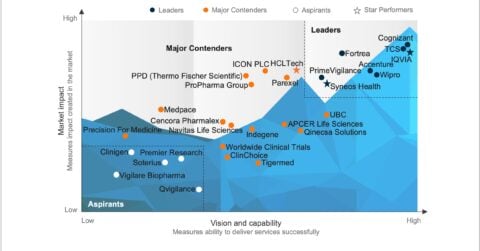Reimagine growth at Elevate – Dallas 2025. See the Agenda.
Filter
Displaying 11-20 of 146
Agents on Offense: Tackling Fincrime with Vertical Gen AI Agents | Webinar
Wednesday, March 26
2:00 p.m. ET | 11:00 a.m. PT
60 Minutes
How Gen AI Can Redefine the Economics of CX | LinkedIn Live
Tuesday, March 18
9:30 am EST | 7:00 pm IST
Online event
1 hour
Customer Service Reimagined: The Agentic AI Way | Conference
Friday, February 21
09:00 AM
Hotel Taj MG Road, Bengaluru, India















